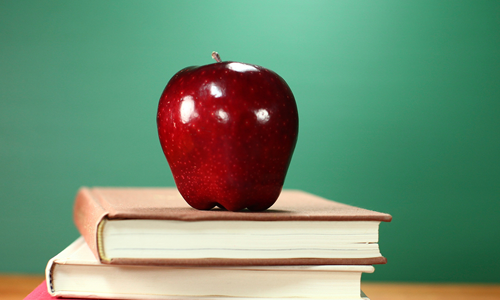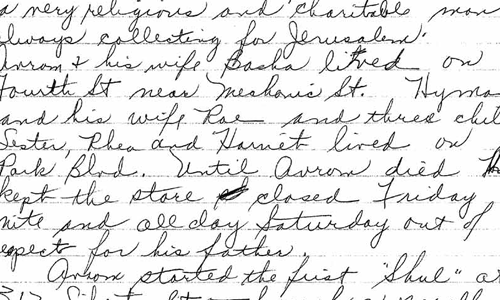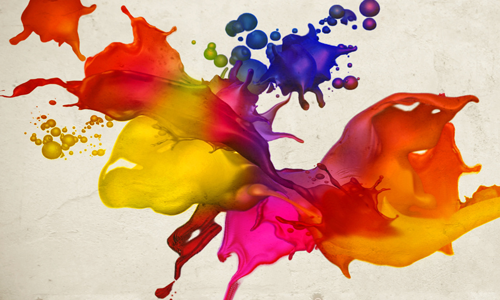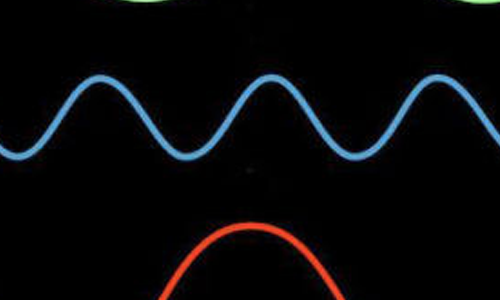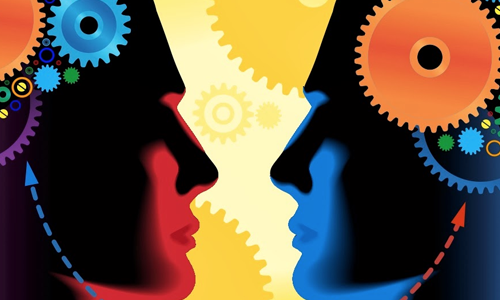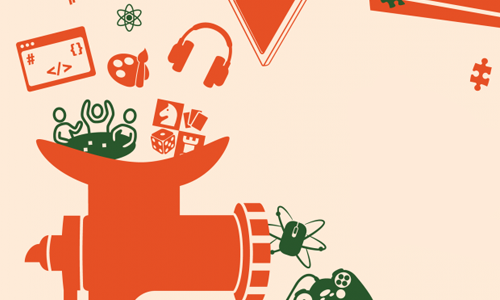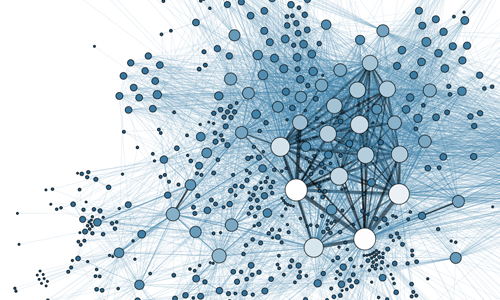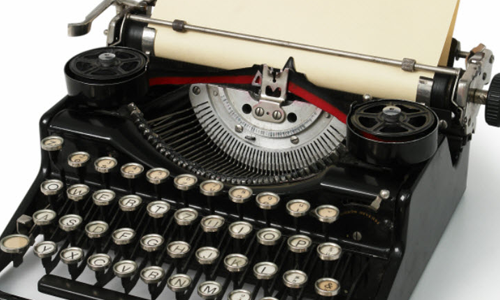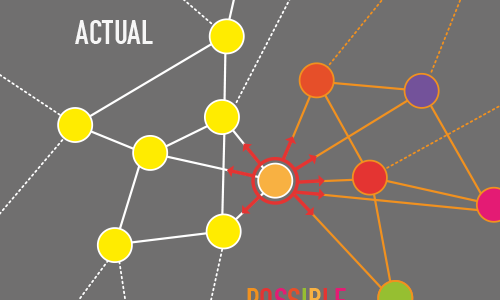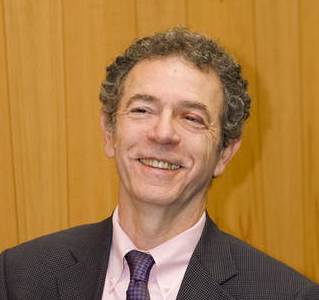by Ilan Chabay
Abstract: Education must be improved substantially in order to help all people learn to think both creatively and critically over the full span of education from early childhood to university to life-long learning. I will discuss approaches to developing a coherent learning experience that helps people become better and more engaged learners and is better attuned to helping people deal with the urgent and vital global issues in local contexts (e.g., food, water, energy, environmental degradation).
